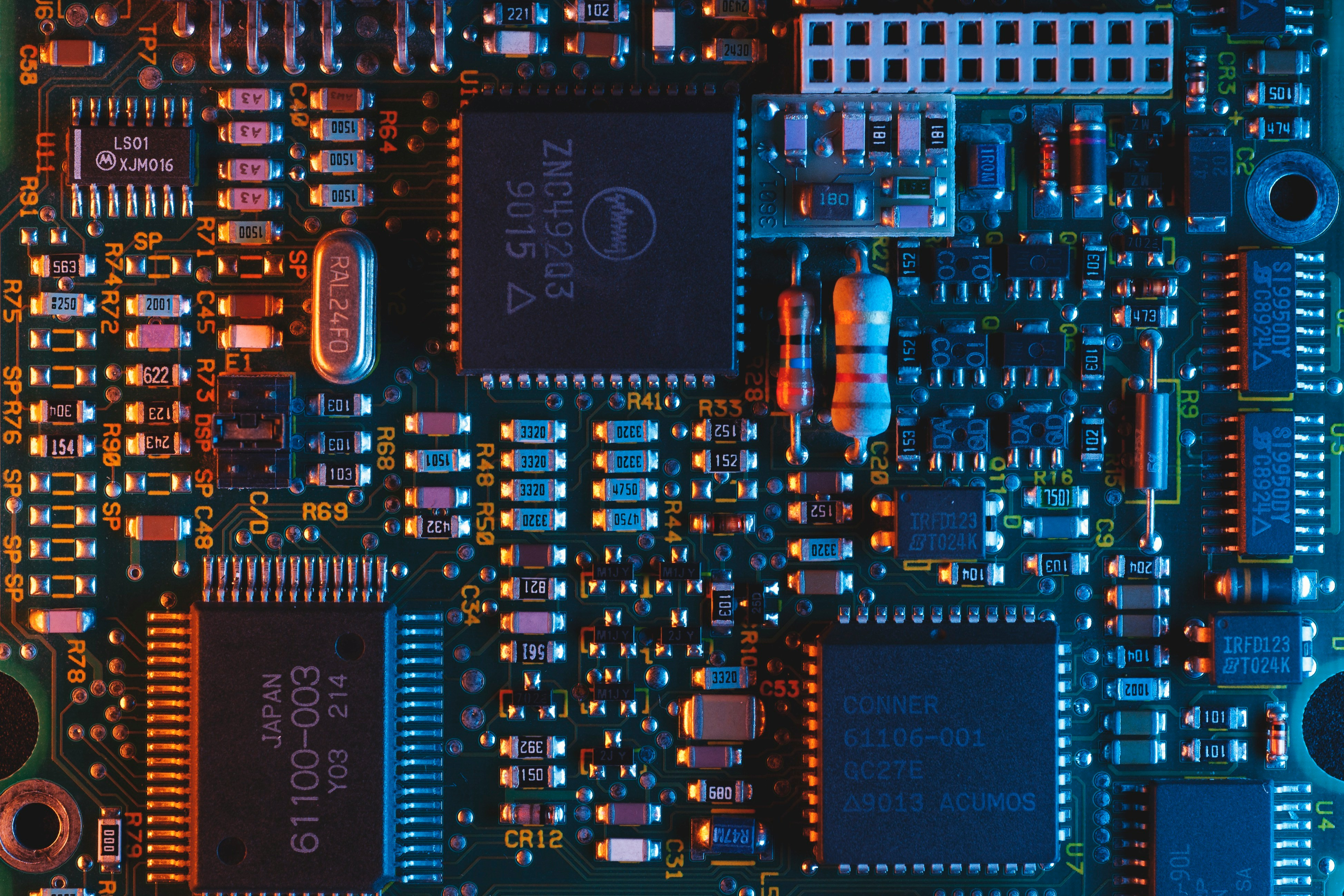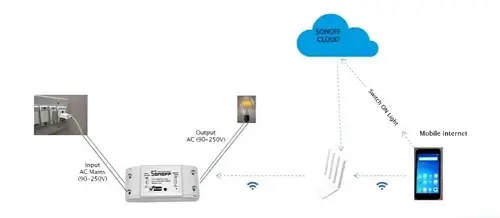Strain Gauge Pressure Sensors in IoT: Turning Force into Data
When you think of “pressure,” you might imagine pushing down on something — your hand on a table, or air filling a tire. But what if we could measure those tiny pushes and stretches so precisely that they help monitor bridges, machines, or even human activity? That’s exactly what strain gauge pressure sensors do.
And when these smart sensors join forces with IoT (Internet of Things) systems, they help turn invisible stress and strain into actionable, real-time data.
What Is a Strain Gauge Pressure Sensor?
A strain gauge is a sensing element that measures deformation — the tiny changes in shape that occur when a material is stretched or compressed. These sensors rely on the principle that electrical resistance changes when a conductor is strained.
So, when pressure is applied to a diaphragm or surface attached to the strain gauge, it stretches slightly, and the sensor detects this small change in resistance. The result? A measurable electrical signal that corresponds directly to the applied pressure.
How It Works
- Pressure Applied: When force or pressure acts on the sensing element, it slightly deforms.
- Strain Detection: The strain gauge (usually a fine wire or foil) changes its electrical resistance in response.
- Signal Conversion: A circuit converts this resistance change into a voltage output.
- IoT Integration: The signal is sent to a microcontroller or IoT module for data transmission, visualization, or control.
The beauty lies in its simplicity — tiny physical deformations become digital data, which IoT systems can then monitor and analyze in real time.
Why Strain Gauge Sensors Are Popular in IoT
Strain gauge pressure sensors have become a staple in IoT-enabled environments because of their accuracy, stability, and reliability. They can measure both static and dynamic pressure, making them versatile for a range of applications.
Here’s what makes them stand out:
- High Sensitivity: Even small pressure changes are detected and reported.
- Robust Design: Can operate in harsh industrial or environmental conditions.
- Long-Term Stability: Ideal for continuous monitoring over months or years.
- Easy Integration: Can connect seamlessly to IoT systems via analog or digital interfaces.
Real-World Applications
- Industrial Pressure Monitoring: In manufacturing plants, strain gauge sensors are mounted on machines, pumps, and pipelines. IoT dashboards then display real-time pressure data, allowing operators to detect leaks, overloads, or malfunctions early.
- Aerospace Systems: Aircraft components use strain gauges to track structural stress during flight. When connected to IoT systems, this data can be analyzed remotely to ensure safety and predict maintenance schedules.
- Civil Engineering: Strain gauge-based sensors are installed in bridges, dams, and tunnels to monitor stress levels caused by traffic or environmental conditions. IoT networks collect and store the data, providing engineers with long-term insights into infrastructure health.
- Medical Devices: In modern medical applications, strain gauge sensors help measure body movement, pressure on joints, or even respiration. With IoT connectivity, doctors can access patient data remotely and in real time.
Example: Pressure Monitoring in Pipelines
Imagine a water distribution system where pipes run across long distances. A strain gauge pressure sensor attached to the pipeline detects any slight increase or drop in internal pressure. Through IoT, this data is sent instantly to a control center.
If a sudden pressure drop occurs (signaling a possible leak), the system automatically triggers an alert, preventing costly damage or water loss.
This kind of predictive monitoring is one of the most powerful benefits of combining strain gauge sensors with IoT.
Advantages of Strain Gauge Sensors in IoT
- Precision: Can detect micro-level changes in pressure or force.
- Reliability: Performs consistently under varying conditions.
- Cost-Effective: Compared to other electrical pressure sensors, they offer good performance at reasonable cost.
- Compatibility: Easily integrates with IoT hardware like Arduino, Raspberry Pi, or ESP modules.
Together, these qualities make them ideal for both industrial and smart infrastructure applications.
Wrapping It Up
Strain gauge pressure sensors are one of the most dependable tools for translating physical force into measurable data. With IoT integration, that data doesn’t just sit idle — it’s transformed into real-time insights, automated alerts, and long-term analytics.
Whether it’s monitoring machinery in a factory, keeping a bridge safe, or assisting in medical innovation, these sensors quietly do their job — ensuring that the systems around us respond smartly to every bit of pressure.
In a world that thrives on data, the humble strain gauge reminds us that even the smallest changes can tell the biggest stories.




